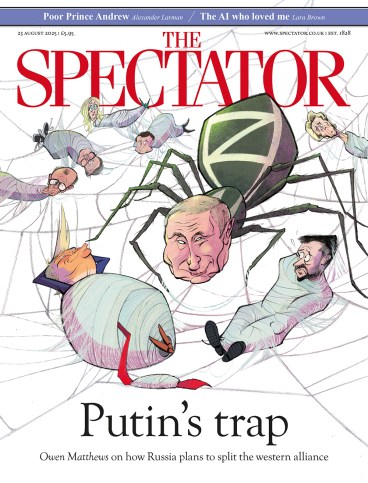
I do not, if I can help it, catch a train to anywhere on a Sunday. Yet there I was at 9.14 a.m. heading out from Woodbridge in Suffolk towards Cambridge to view a painting by Walter Sickert, a work I had not seen before and whose vital statistics – what even the work was of – I had no way of knowing; its owner had refused to send a photograph or describe it over the telephone.
Arriving at the owner’s address, I was met by a neighbour who told me that in the name of letting go and embracing surprise, they had decided to visit a relative in Scotland the night before.
A one-on-one with such a beautiful, personal painting is a very special experience
In common with tens of thousands of other art works, rare books, furniture, glassware, silverware and what might be classified as objets d’art, this Sickert is listed under HMRC’s Conditional Exemption Tax Incentive scheme (CETI). Under the measure owners are exempt from paying inheritance or capital gains tax on ‘pre-eminent’ work when it passes to a new owner as long as they maintain, preserve and provide public access to whatever is covered by the agreement.
The owner or their representative is then responsible for informing HMRC of any change in circumstances that may affect their ability to comply with the conditions in the agreement. Tax is payable if any of these conditions are not met.
In this context, ‘public access’ does not mean access only with a prior appointment. It requires the owner of the listed item or collection to open up their home to the public for a certain number of days per year. In practice, this means access usually has to be given for at least 28 days of the year and outside of those days, the item must be available for visits by appointment at reasonable hours, usually from 10 a.m. until 4 p.m. Make no mistake, this is a heavy undertaking.
The scheme was originally conceived in 1896 by Lord Salisbury’s government after Gladstone’s chancellor Sir William Harcourt had introduced death duties. This act of parliament had caused many to sell or give away significant collections in order to lower inheritance bills.
As a way to keep important pieces of heritage from going overseas or being broken up, the Tory chancellor, Michael Hicks Beach, decided that art, buildings, land and other objects of national importance should be conserved and protected for the benefit of the public and would be exempt from tax. Eccentrically, it wasn’t until the 1970s that the public was allowed to actually view the items held in its name, and only in 1998 did public access became a necessary requirement of the scheme.
The database was launched online in 1996, and when it is working (it is frequently offline), it can be a brilliant resource, a time-capsule stuffed with centuries of fine art by the likes of Rembrandt, Blake, Rossetti, Thomas Lawrence, Renoir, Degas, Henri Matisse. The most recent addition is a painting by the Dutch golden age painter Jan Steen depicting a game of backgammon.
The database is not without its quirks. Out-of-date information, no photographs, odd categories and hard to fathom descriptions that range from the well catalogued:
Angelica Kauffmann, R.A. – Portrait of the Hon. Philip Bouverie-Pusey (1788-1872), head and shoulders in a brown doublet and a brown cloak, feigned oval, signed, 23 ¾in by 19 ½in, in a contemporary Maratta frame.
To the cryptic: ‘Haig: The Cows.’
My second search was for a work by Graham Sutherland, one of the neoromantic painters who dominated British art during the second world war and its aftermath. Sutherland’s style is influenced by Picasso and Matisse, yet unmistakably British, echoing the great landscape painters of the early 19th century.
The lady who the database claimed owned the Sutherland had no idea why she was listed as a contact and was not sure who Sutherland was let alone where the painting described on the database might be. Perhaps it was too soon to call it a trend but my third search indicated it probably wasn’t.
What I was looking for was a portrait by John Constable, a picture he made of his wife Maria and their young family that speaks of pure contentment. These domestic sketches, dashed down on paper and sometimes canvas, are all the more poignant considering the Constables’ married life was to last just 12 years. Getting to see this type of portrait in a private setting is a rare treat.
The online catalogue told me that a sketch depicting Maria and three of their children existed close to where I live in Suffolk. Alas, when my note to the contact’s email bounced and the telephone number I rang was unobtainable, I felt on familiar territory.
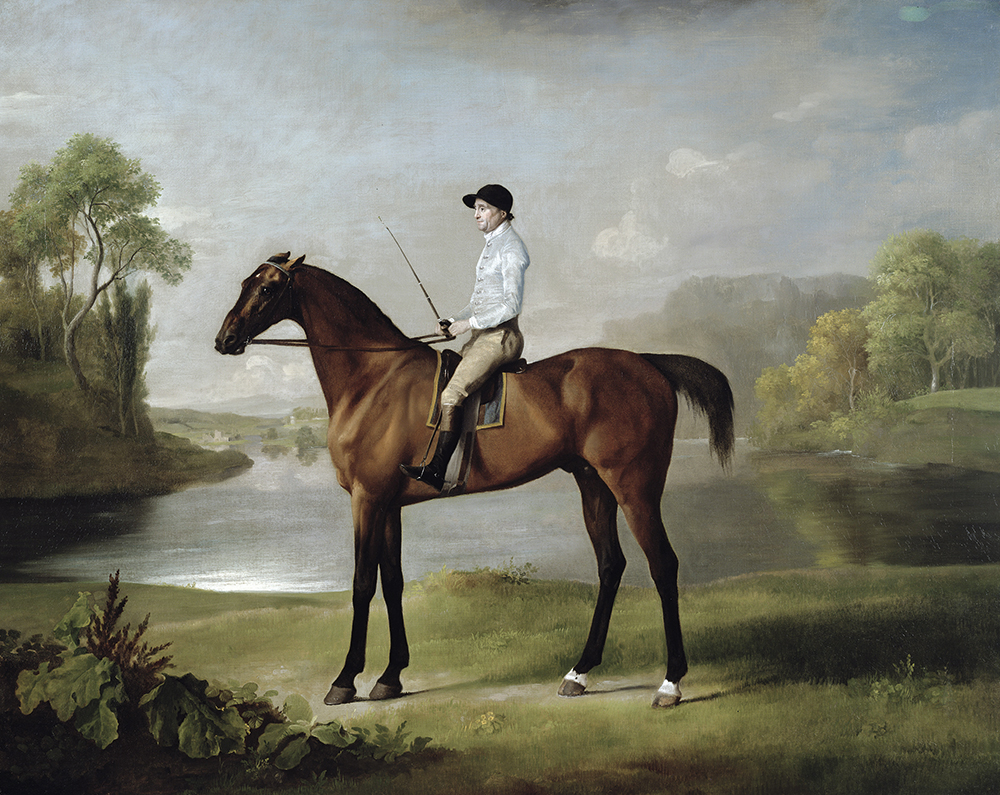
An email to Sarah Cove and Anne Lyles at the wonderfully efficient Constable Research Project unearthed the possibility that the picture might have been shown at the National Portrait Gallery’s 2009 exhibition, Constable Portraits: The Painter and His Circle. I was sent a photograph of the catalogue that showed the picture, an oil sketch on canvas with pencil underdrawing. It was as captivating as I thought it might be, and made in the early 1820s, a time when Constable produced a number of his six-footers, including ‘The Hay Wain’.
Luckily the Constable Research Project forwarded the email to the owner who promptly arranged for me to see the work in person.
The database is stuffed with centuries of fine art by the likes of Rembrandt, Blake, Degas, Matisse
A one-on-one with such a beautiful, personal painting is a very special experience, almost like paying reverence to a relic. And although this painting was very much a product of a secular vision, it had the power to work miracles: it restored my faith in the CETI database.
Over the course of the next week it allowed me to see a work by Stanley Spencer, a Monet in a dark office surrounded by old volumes of Darwin and Linnaeus, and a beautiful Camille Pissarro landscape.
There is, of course, a risk in letting the public into your home to see valuable works of art. And so to frustrate potential soup-hurlers and the light-fingered, HMRC advises owners to ask visitors for identification and suggests viewings be arranged in a such a way that a friend can act as a security guard.
No doubt the CETI scheme could function better. With a little imagination most of the changes are simple and obvious: improve the database to include images, add common-sense categories, flesh out descriptions of the pieces it lists. One could even hold open days for the public to see the work that is held in its name.
Then we would all be able to have a chance to gaze at the many masterpieces hidden away in homes up and down the country. All it would take, in this case, is someone to tell us where they are.
Search the CETI database here
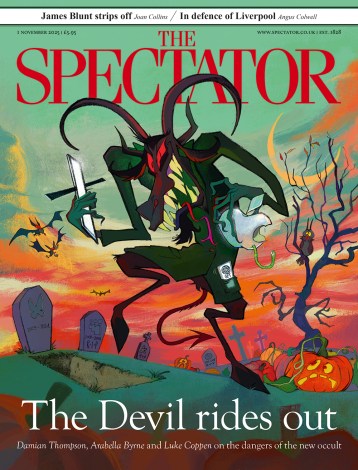
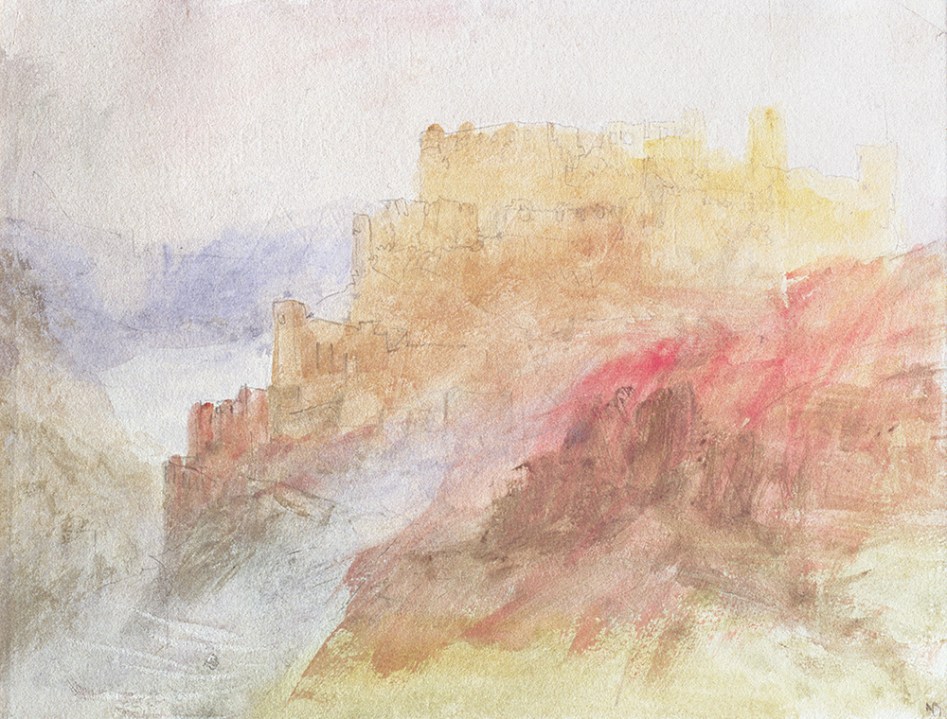
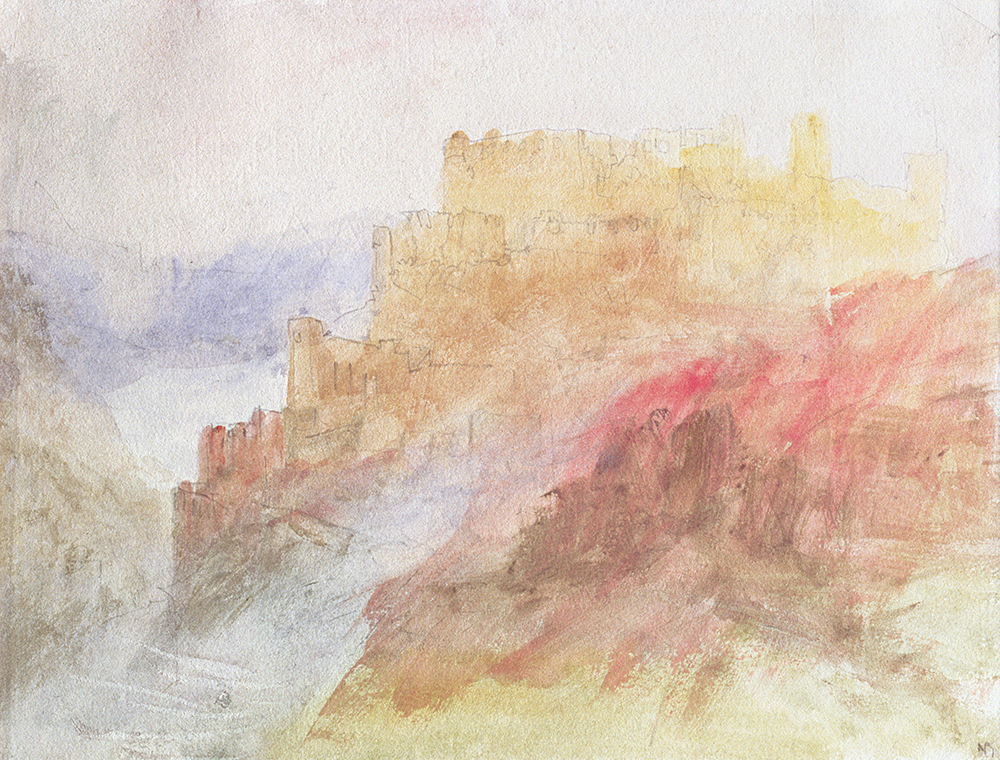
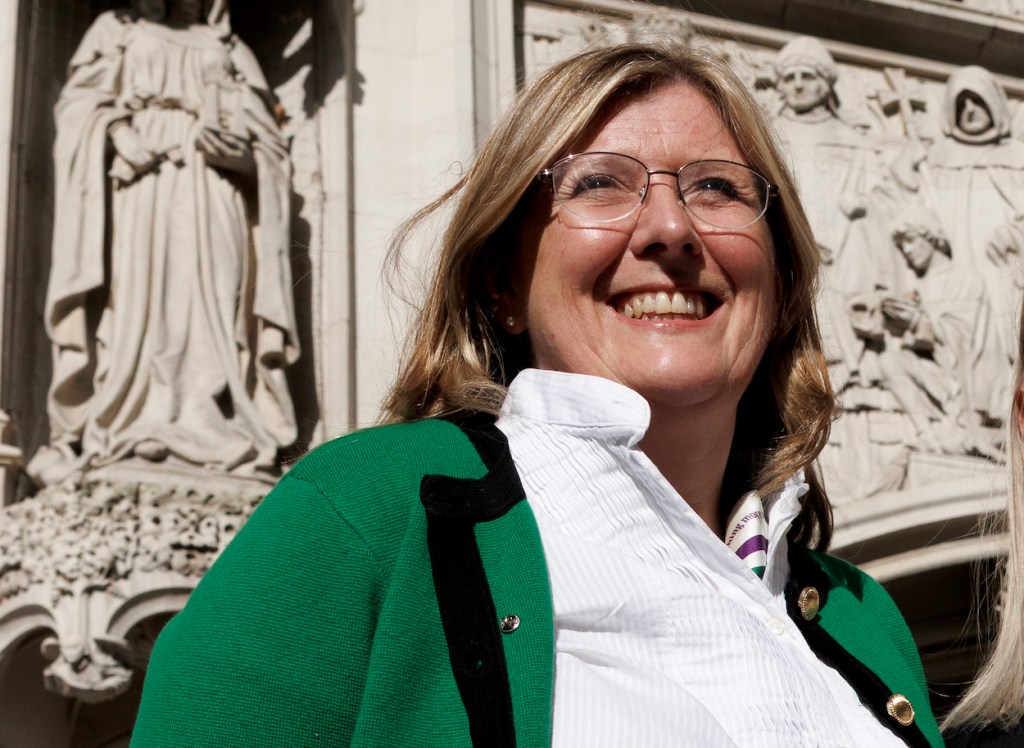




Comments